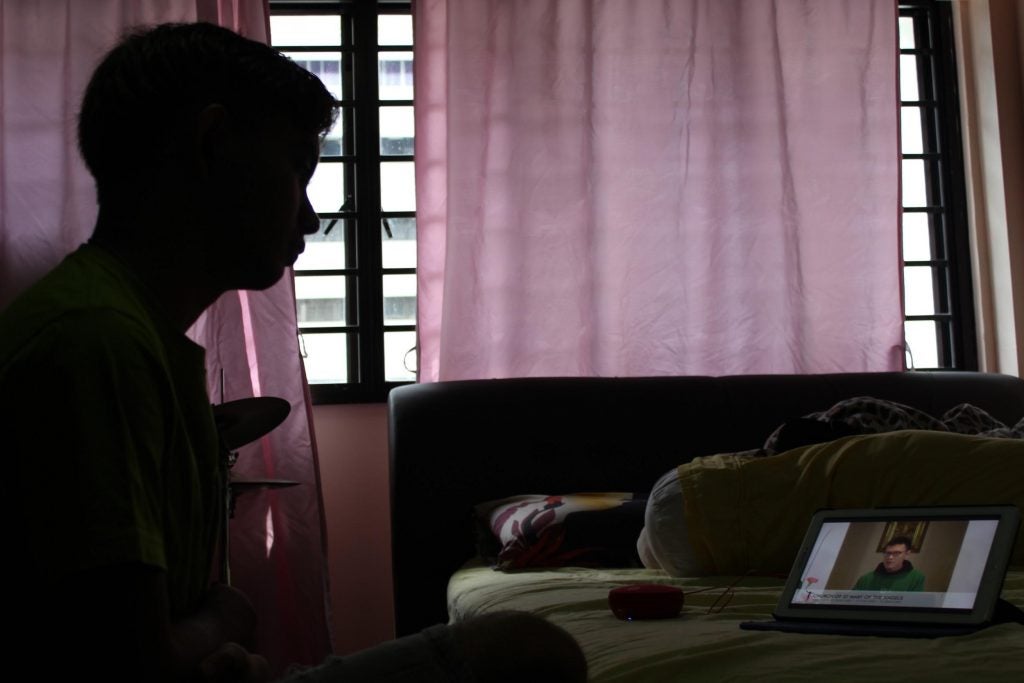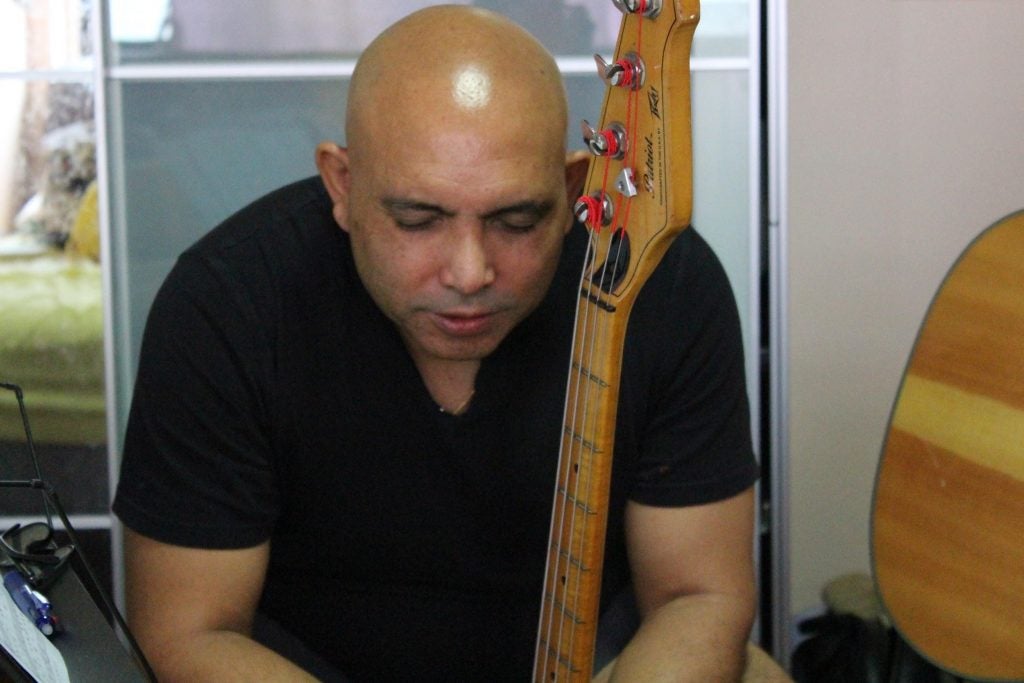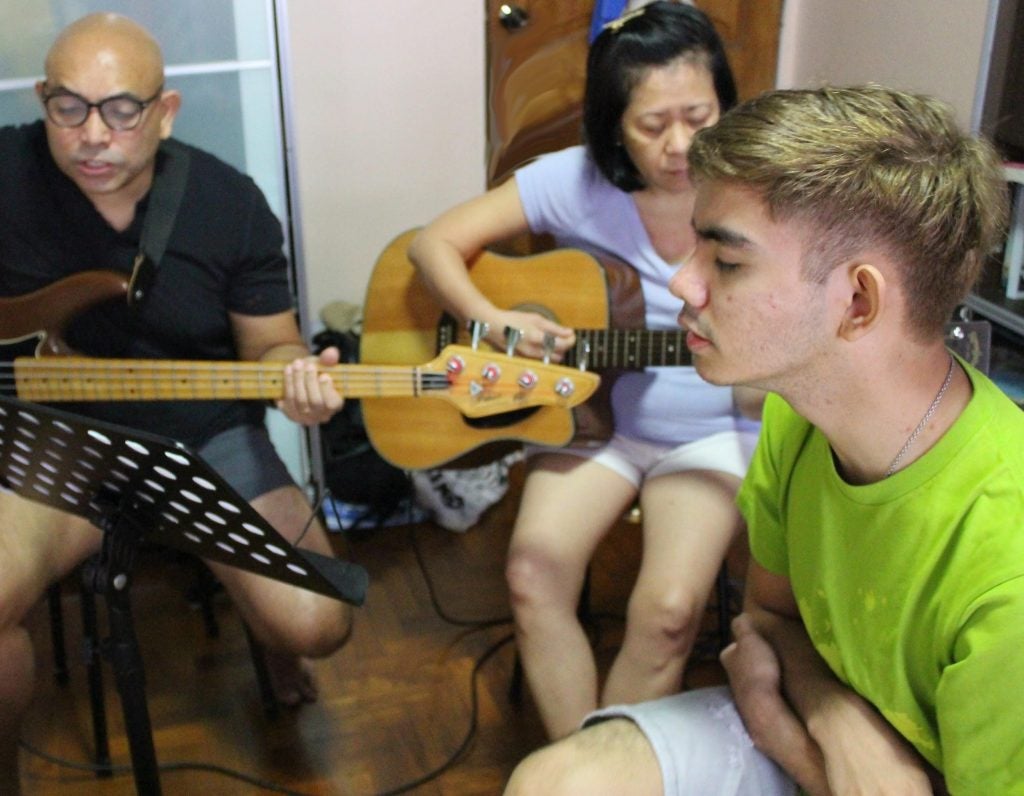A bread and wine issue: The loss of Holy Communion during the pandemic
contributed by Beverly Anne Devakishen, 21 August 2020
On February 14 2020, the Catholic Church in Singapore announced that all masses would be suspended until further notice due to the COVID-19 pandemic. Catholics were instead encouraged to watch broadcasts of masses online, which were mostly posted on YouTube. This was an unprecedented situation — during the SARS crisis, only confessionals were halted, and people could still attend mass. The Roman Catholic Archdiocese in Singapore closed churches relatively early on in the COVID-19 crisis — when the decision was announced, there were only a total of 67 confirmed cases.
Across the country, pragmatism was employed to protect the health and safety of Singaporeans, and sacrifices were swiftly made. When Archbishop William Goh, the head of the Catholic Church in Singapore, announced that masses would not resume in March despite previous plans, he stated: “I invite you to make the greatest sacrifice of all, which is to deprive ourselves of the celebration of the Sacrifice of the Mass.” The Sacrifice of the Mass is also referred to as the Sacrificial Eucharist, which Catholics would not be able to partake in when attending online masses.
Receiving Holy Communion has a long tradition as a central part of the order of the Catholic mass. As Catholics queue up to receive the small, round communion wafer from religious leaders, they are imitating a similar event that was recorded in the Bible as happening two thousand years ago — when Jesus, before the night he died, sat down with his twelve disciples to eat bread and drink wine with them. Catholics also believe that once the blessings have been given, the communion wafer transubstantiates into the body and blood of Jesus Christ, who is said to have willingly been crucified for sake of sinful humans.
The re-enactment of a specific historical event — the Last Supper — coupled with the significance of Jesus’ physical form and of his death, makes the Holy Eucharist a central part of the mass. Indeed, the Catechism of the Catholic Church declares that “The Sunday Eucharist is the foundation and confirmation of all Christian practice.”
What have top-down responses been like?
How, then, can mass be celebrated without the Holy Eucharist during the COVID-19 crisis? In a televised Mass and Eucharistic adoration, Pope Francis proposed that Catholics take part in a “spiritual Communion”. He offered an example of what a spiritual communion prayer might sound like: “...Since I cannot at this moment receive You sacramentally, come at least spiritually into my heart.”
A spiritual communion refers to the act of uniting oneself to the Eucharistic Sacrifice through prayer. The idea of spiritual communion has existed in the Catholic tradition for centuries, which Pope Francis revived specially for present day circumstances. In 1700, St. Alphonsus Liguori also wrote a prayer centered around spiritual communion, ending it with “since I cannot receive Communion at this moment, feed my soul at least spiritually. I unite myself to you now as I do when I actually receive you.”
However, as evidenced from the two prayers above, the celebration of spiritual communion is inherently an acknowledgement of loss, of a vacuum that exists in the religious routines of a devout Catholic. While Pope Francis seemed to have offered a temporary, if not lacking, solution to the inability of Catholics to receive communion during the pandemic, he also declared that “online Masses and spiritual communion do not represent the church” and has lamented the insufficiency of virtual mass services. Similar sentiments were expressed by priests in Singapore, who gave sermons on Corpus Christi, the day Catholics celebrate the body of Jesus, that warned worshippers to continuously yearn for the Eucharist. Interestingly, the Pope, priests and other religious leaders also seem to conflate the lack of community with the inability to celebrate the Eucharist, pointing to the fact that the sacrament was meant to be carried out in a community, together.
How do everyday Catholics feel about their inability to receive Holy Communion during the pandemic?
While religious leaders in Singapore have taken a general stance against the normalisation of non-physical Communion, sentiments on the ground are more diverse. Within the small group of fellow Singaporean Catholics I have spoken to, there were already varying levels of importance accorded to the act of receiving communion. The sense of community was singled out by many as an aspect of the mass that people missed, separate from the act of receiving Holy Communion. “I miss the sense of community that you get from just attending Mass — hearing a large congregation singing the Our Father has always been a particularly moving experience for me, and I've really missed that.” a young Catholic man, Peter Lin, stated.
For people like him, it is the larger, communal experience of the Mass that is lost through the absence of a physical worshipping space, and there is less importance placed on the loss of the sacraments.
However, the physical experience of receiving the Eucharist does play a central role in an individualised, personal faith for others. While the symbolism of the sacrament, which religious leaders heavily emphasise, is important to them, it is the act of consumption that seems to heighten one’s bodily experience of Christ. My 52-year old parents both expressed their yearning to receive Holy Communion during the circuit breaker, stating that it is the most important part of the Mass for them.
“The physical act of it going into my body makes me feel like Jesus is part of me,” my father said. My mother referred to the sense of renewal she experienced when receiving Holy Communion in Mass because of the physical reminder of the presence of Jesus. “Having the body of Christ in me gives me the strength to be who He wants me to be for the next week,” she explained.
For both of them, the physical act of consumption is a symbolic transference of the values Jesus embodies onto their psyche. The tangible feeling of having the bread and body of Christ entering one’s own body is an impactful experience that cannot be recreated during online masses.
This became more evident to me when I asked my father’s aunt how she felt about being unable to receive Holy Communion during the crisis, when the only mass services available are online. “I can’t find the words to describe the absence of receiving the real Holy Eucharist as we are accustomed to. It’s like taking a virtual shower without getting wet,” she told me. Her unusual analogy reveals a sense of disembodiment, a disconnect from a bodily feeling that arises from watching online masses. In its place is a vague awareness that a virtual mass is an inadequate replacement for physically attended masses.
My 20-year old brother, on the other hand, has found online masses to be helpful to him. He shared that attending mass online pushed him to rely less on sacraments deemed important by the Church and to trust his own religious intuition. For him, the process of receiving Communion acted as an affirmation of his sense of connection with God. Attending digital masses, without access to Holy Communion which acted as a bridge between him and God, has helped to strengthen his confidence in his own faith. “I just have to trust that my interpretation of the readings is what God wants me to take away from Mass,” he said.
The pandemic has created unusual circumstances that has prompted Catholics to think about the significance of certain sacraments and traditions upheld through Mass service. Since theologically, the sacrament of the Eucharist is a core aspect of the Catholic faith, it is not surprising that religious leaders have acted on the urge to remind Catholics of its importance. However, individual relationships to such a complex, historical practice vary across the community, as reactions to this pandemic have revealed. Fortunately, as Singaporean Catholics are able to gradually return to church, they will be able to fully immerse themselves in the bodily experiences that COVID-19 has deprived them of for months.
A Photographic Narrative of Home-based Worship

My father plays Lord Have Mercy on his bass, one of the songs that is sung at every Mass to ask God for forgiveness for our sins. Our family used to play music for Mass at Church of the Holy Trinity, so we now do the same from the comfort of our home.

My mother and father play guitar, while my brother sings and I play the drums. We choose our own hymns to sing and are grateful for the increased control over the selection of songs, in a way.

There is a large range of online mass service to choose from. My brother is looking through the different options on YouTube, looking for a priest whose sermons we tend to enjoy.

Although we would usually stand up during the Gospel, due to space constraints we generally prefer to sit down for the duration of the online mass when attending from my room. There is more bodily autonomy when attending mass from home.

My brother listens attentively to the sermon. This particular sermon was given by a priest at St Mary of the Angels.

The priest goes through the Nicene Creed with his online congregation. These prayers would usually be shown as slides, projected onto a large screen behind the altar.

My father says a prayer during the Prayer of the Faithful. We still follow the same Order of the Mass, but allow ourselves to insert our own prayers, words and interpretations of the Mass.

A Mass with just the four of us feels more intimate and warm to me than a service that is attended by hundreds of strangers.
Beverly Anne Devakishen is currently working at the Department of Communications and New Media at NUS as a research assistant, and graduated with a Masters Degree from the Department of Southeast Asian Studies. She is also involved in starting up Eastsider Helpers, a mutual aid initiative in the East side of Singapore. You can find their Instagram @EastsideHelpers.
Disclaimer: The views and opinions expressed in this article are those of the authors and do not necessarily reflect the position of the blog editorial team or the Asia Research Institute.
South Asia | Southeast Asia | East Asia | Other Places | Hinduism | Buddhism | Islam | Christianity | Other Religions



